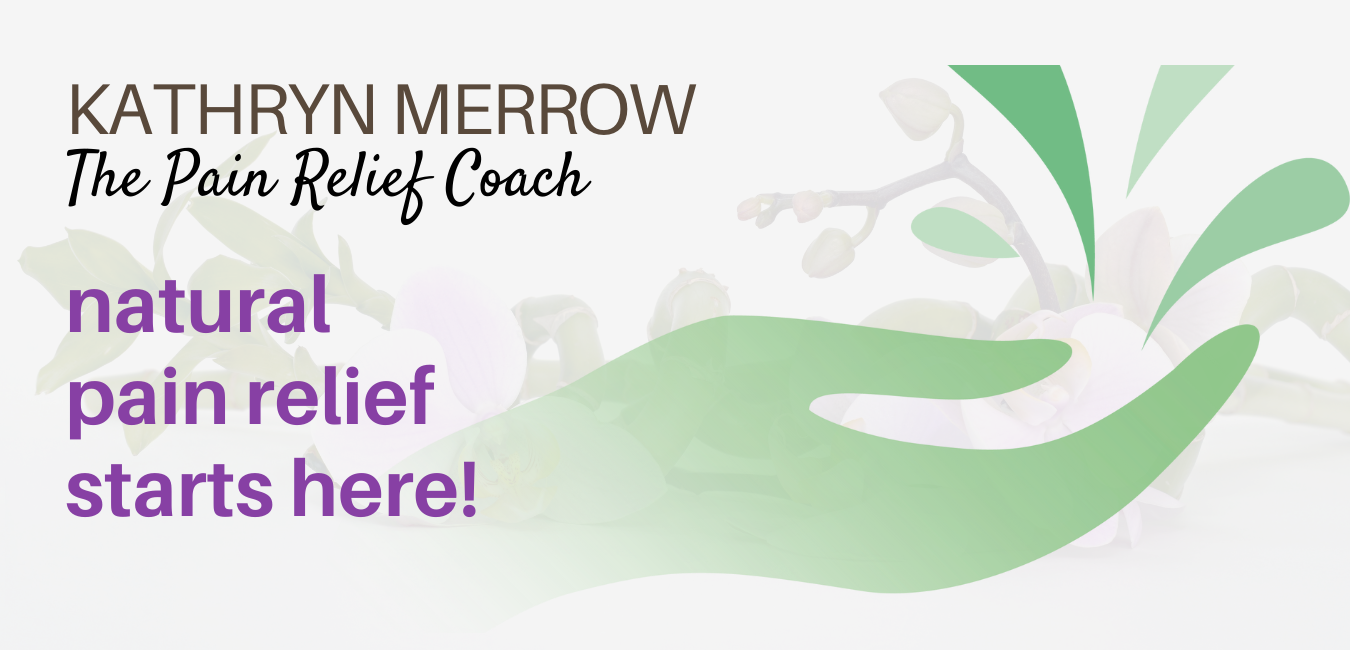What exactly is ‘deep tissue massage’ and does it have to hurt?
I’m sharing a good article about deep tissue massage below but my personal feelings are that many massage practitioners just blast away and go way too deeply, way too fast. Sometimes ‘deep tissue’ is not appropriate.
Every body is different. And the person inside that body is different, too.
We all have different levels of pain tolerance. Different emotions about pain. And most of us know that a “deeper tissue” massage may be exactly what we need.
But what if it hurts?
That’s a really good question.
When you go for a massage, talk with your massage therapist. Ask questions. Expect good answers.
Tell him or her if the pressure is too deep…or too light. It’s your body. You get to call the shots.
And then, too, there is something called “good pain.” (Sounds strange, huh?)
Good pain is when your body says: “That hurts; don’t stop!”
That happens when your muscles know it is exactly the right pressure in the right place! So sometimes it may be uncomfortable to have a deep tissue massage but it feels appropriate and makes a big difference afterward.
Below is an article I thought you might enjoy. I like the part at the end that says you also have to stretch and strengthen between massage sessions. Where’s a good place to help you get started on strengthening? http://SimpleStrengthening.com (<– click here.)
Deep Tissue Massage Doesn’t Have To Hurt
We all know the stereotype of a deep tissue massage. You lay there defenseless while a Massage Therapist hammers at you with a mallet of fists and elbows, leaving you bruised, battered and wondering if you really just paid someone to abuse you for 60 minutes. While some Massage Therapist may use unnecessary or inappropriate force, other more experienced Massage Therapists know that Deep Tissue massages don’t have to be painful.
Deep Tissue massage can help break up scar tissue, eliminate adhesions, resolve trigger points, and relieve chronic patterns of muscle tension. Focus on a deeper level of musculature and connective tissue requires the patience of both the therapist and the client.
Tight muscles need to be coaxed into relaxation, before very deep strokes can be used. Long gliding strokes can be used to warm up the muscles and ease the client into a state of deeper relaxation. As the pressure slowly becomes deeper, the client’s pain tolerance will increase. After the muscles become softened and more pliable, the client will be able to withstand more pressure. At this point cross-friction techniques, muscle stripping and Trigger Point therapy can be applied without too much discomfort to the client.
It’s important to remain realistic when requesting a Deep Tissue massage; some people believe that if the therapist uses full force from beginning to end it will work out all their knots and muscle tension inside one session. In actuality, beginning with too much pressure will cause the muscle to contract, doing more damage than good. Success in Deep Tissue Therapy generally requires more than one session. The best approach to take when looking to treat chronic muscle tension is to have an ongoing schedule of not only Deep Tissue Therapy, but strengthening and stretching exercises as well.
© 2010 D.R.E.A.M. Wellness — All Rights Reserved.
Author Jaime Savarese is a Licensed Massage Therapist with DREAM Wellness and is widely considered the foremost expert in Massage Therapy in Suffolk County, New York. If you’d like more tips such as these feel free to visit Jaime at http://www.livethedreameveryday.com and be sure to join our mailing list.

